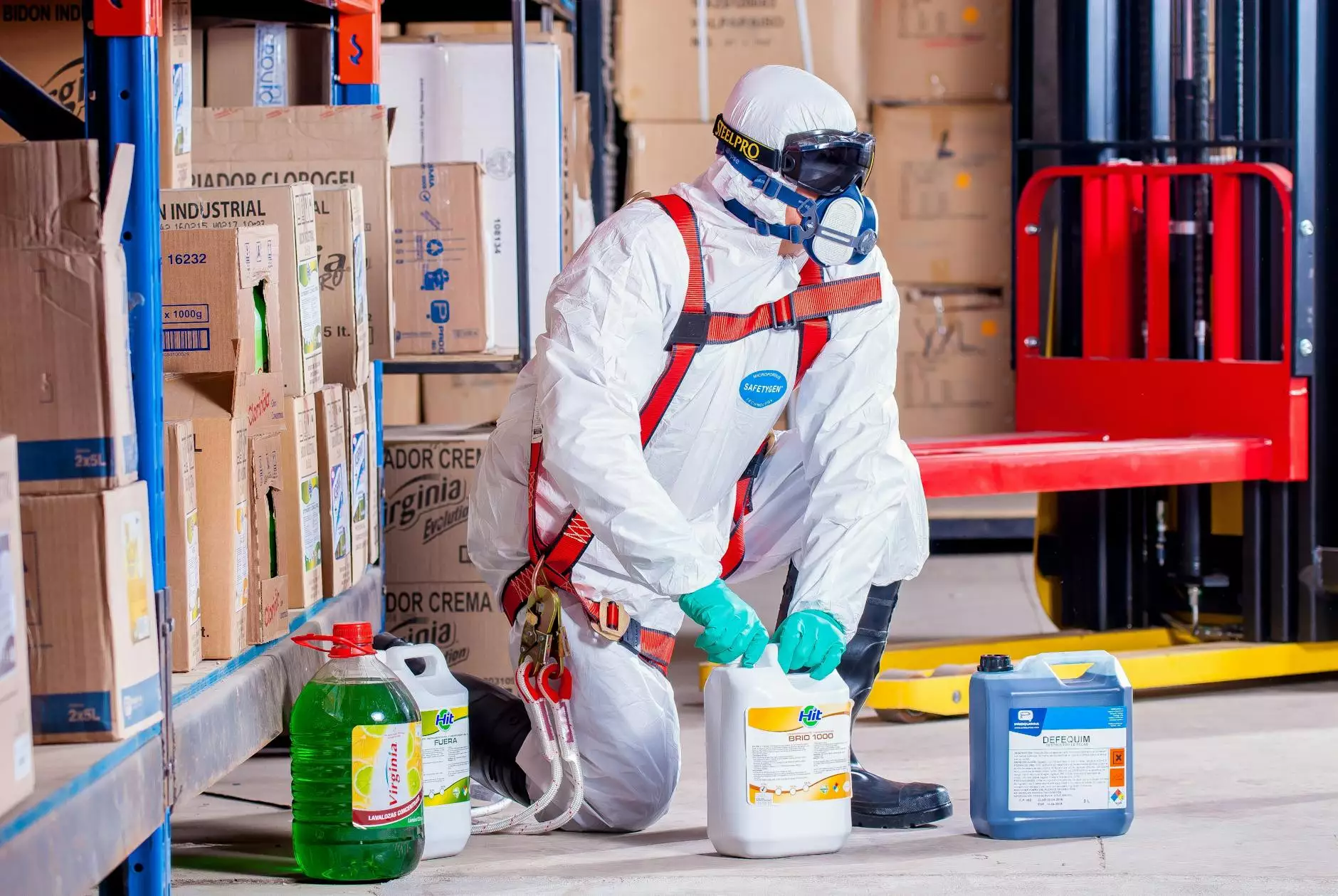Contact Classifications of Sports and Activities

Introduction
Welcome to Foley James D MD's comprehensive guide on the contact classifications of sports and activities. In this guide, we will explore the different categories of contact involved in various sports and activities, providing you with valuable insights into the risks associated with each. Whether you are a professional athlete, a weekend enthusiast, or a concerned parent, understanding the contact classifications can help you make informed decisions to ensure your safety and well-being.
Health and Safety Importance
Health and safety considerations play a vital role in our lives, especially when it comes to engaging in physical activities. Sports and activities can vary significantly in terms of contact, ranging from non-contact to full-contact. By understanding the contact classifications, you can assess the potential risks and take appropriate precautionary measures. Foley James D MD emphasizes the importance of this knowledge to help individuals avoid injuries, make informed choices, and promote overall well-being.
Contact Classifications
Non-Contact Sports and Activities
First, let's explore the category of non-contact sports and activities. These are sports and activities that involve minimal to no direct physical contact between participants. Examples of non-contact sports include swimming, running, yoga, and golf. While non-contact sports generally carry lower risk factors for injuries, it's still essential to warm up properly, use the correct techniques, and wear appropriate protective gear to prevent any potential accidents.
Limited Contact Sports
The next category we'll examine is limited contact sports. These sports involve more physical contact than non-contact sports, but not to the extent of full-contact sports. Examples of limited contact sports include basketball, volleyball, and tennis. While participants may make physical contact during gameplay, the intention is not to cause injury. However, accidental collisions or contact-related incidents can occur. Understanding the contact involved in limited contact sports can help you anticipate and minimize such risks.
Full-Contact Sports
Full-contact sports are the most physically intense category, involving frequent and intentional physical contact between players. These sports come with inherent risks due to the nature of the gameplay. Examples of full-contact sports include football, rugby, and martial arts. Participants in these sports must be aware of the potential for injuries and take proper precautions. It is crucial to undergo thorough training, use protective equipment, and follow the rules and guidelines to minimize the risk of severe injuries.
Hybrid Sports and Activities
In addition to the three main contact classifications, there are also hybrid sports and activities that combine elements of different contact levels. These can include sports like mixed martial arts, roller derby, and field hockey. Hybrid sports often require a unique set of safety measures due to the combination of contact intensity. Understanding the specific risks and protection requirements for each hybrid sport is essential to stay safe while still enjoying the activity.
Conclusion
Having a clear understanding of the contact classifications of sports and activities is crucial for promoting safety and preventing injuries. Foley James D MD hopes that this comprehensive guide has provided valuable insights into the contact levels associated with various sports and activities. Remember to prioritize your well-being by participating in activities that align with your comfort level and taking necessary precautions to minimize any potential risks. Stay active, stay safe!




